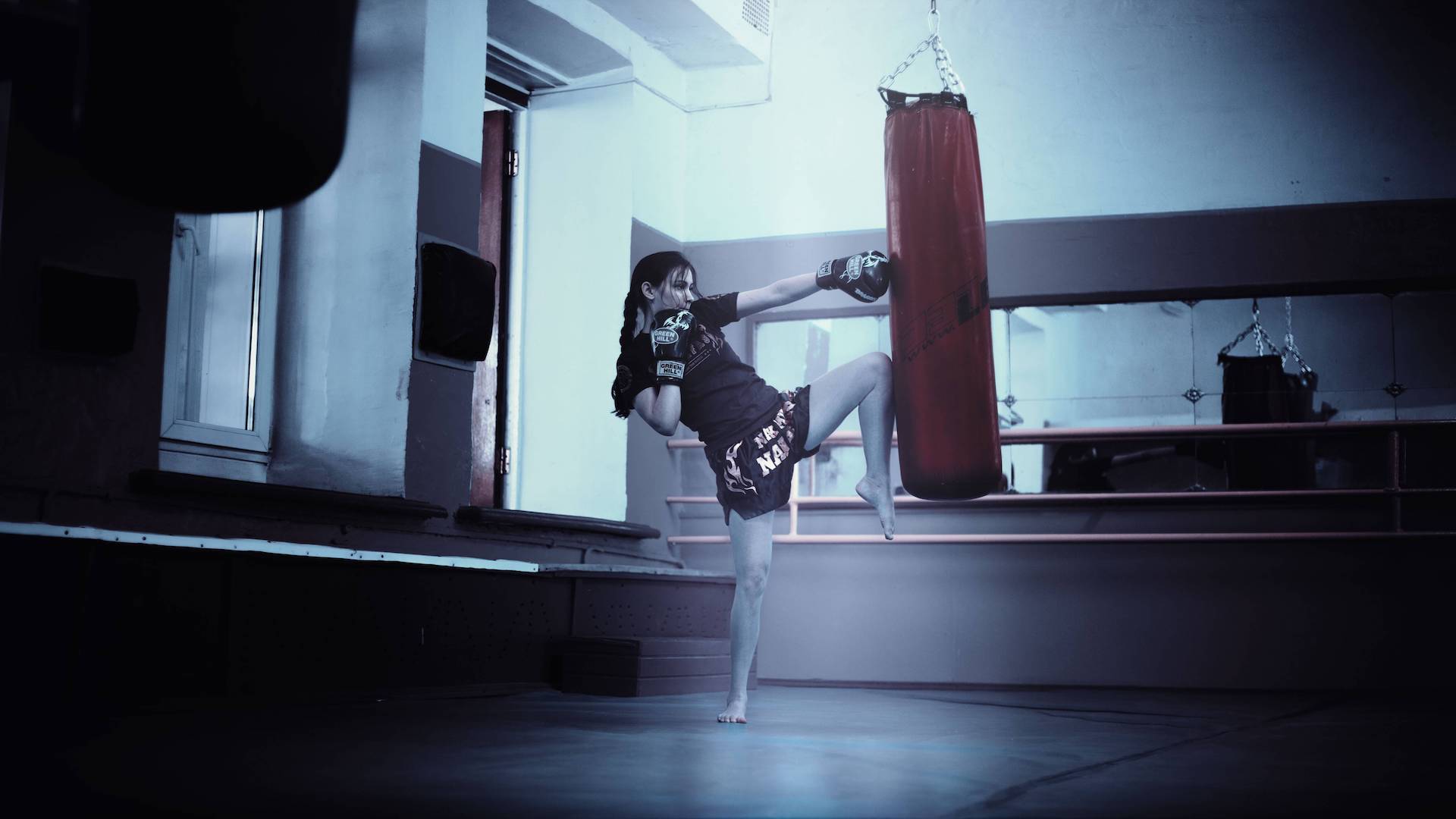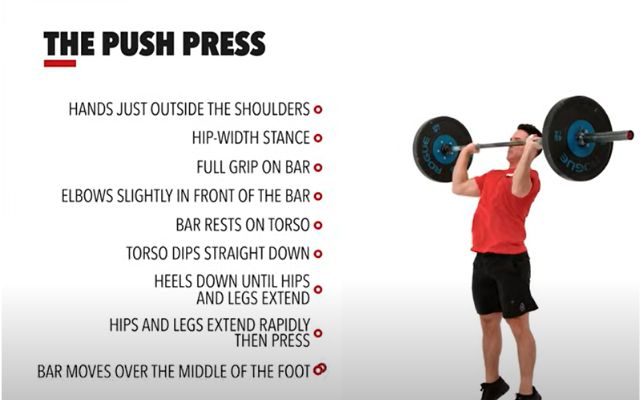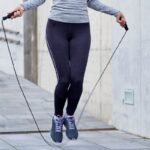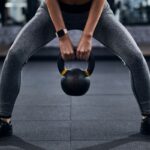Are you seeking to elevate your upper body strength and power? Perhaps you’re struggling with proper technique, or perhaps you’re unsure how to effectively progress your training. This comprehensive guide will meticulously break down the push press, equipping you with the knowledge and strategies necessary to conquer this powerful exercise. I’ll address common technique pitfalls, offer progressive training plans, and provide actionable advice for safety and injury prevention.
What is Push Press?
The push press is a compound exercise that builds strength and power by combining an explosive leg drive with an upper-body press. It starts with a stable stance, uses core engagement for control, and requires a smooth transition from the legs to the shoulders for an effective lift. Proper form is key to preventing injuries and maximizing results.
How to perform a proper Push Press?
Start by standing with your feet hip-width apart, with your toes slightly turned out. Balance your weight slightly toward your heels, ensuring the full foot remains in contact with the floor. Hold the barbell in the front rack position, which should rest between your throat and the top of your shoulders. Your shoulders should be slightly elevated, and your elbows should point forward and outward, with your grip relaxed but secure.
Next, initiate the dip by bending your knees slightly, keeping your torso upright and maintaining balance. The dip should be around 10% of your height, and it’s essential to avoid leaning forward during this phase.
When you reach the bottom of the dip, immediately drive through your legs explosively to accelerate the barbell upward. As your legs fully extend, transition by pushing the bar up and slightly back with your arms, allowing the bar to move quickly. Be sure to pull your head back to clear the path for the bar as it rises.
Once the bar reaches the overhead position, fully lock out your arms while keeping your core engaged. Your head should pass through your arms, positioning the bar over the base of your neck. Hold the bar overhead briefly before lowering it under control to your starting position, making sure not to rush or bounce out of the lockout position.
Key points:
- Starting Position:
- Stand with your feet hip-width apart, toes slightly turned out, and weight balanced slightly toward your heels.
- Hold the barbell in the front rack position, resting between your throat and the top of your shoulders.
- Keep your shoulders slightly elevated and elbows pointed slightly forward and outward. Your grip should be relaxed but secure.
- Dip Phase:
- Bend your knees slightly (about 10% of your height) while keeping your torso upright.
- Maintain balance and avoid leaning forward.
- Drive Phase:
- Explosively push through your legs to drive the bar upward.
- Extend your legs fully and transition to pushing with your arms as the bar gains momentum.
- Press and Lockout:
- Push the bar slightly back and overhead, clearing your head by pulling it back.
- Fully lock out your arms overhead with the bar aligned over your neck and base.
- Keep your core engaged and legs tight with knees straight.
- Control:
- Hold the bar in the locked-out position briefly before lowering it under control for the next rep.
- Avoid bouncing or rushing through the reps to ensure good form.
Progression and Variations of the Push Press
Progressing from Light to Heavy Weights
Start with lighter weights to nail your technique first—it’s the foundation for safe progress. As you get more comfortable, gradually increase the weight while keeping an eye on your form. Small adjustments, like your stance or grip, can make a big difference as the weights get heavier.
Take your time, listen to your body, and don’t rush. Consistency and patience will get you the best results!
Exploring Variations of the Push Press
Adding push press variations keeps your training fresh and helps target specific goals. For example, the hang push press focuses on explosive strength and challenges your transitions. Using a front squat to push press builds core stability and adds dynamic movement. You can also try variations from Olympic lifting or CrossFit to diversify your routine. These tweaks keep workouts exciting and tailored to your needs!
Programming and Workout Plans
Beginner Phase (Weeks 1-4)
Goal: Master technique and build foundational strength.
Frequency: 2x per week.
| Week | Warm-up | Main Workout | Accessory Work | Cool-down |
|---|---|---|---|---|
| 1 | 3 rounds: 10 arm circles, 5 push-ups | 3×10 with an empty barbell (focus on form) | 3×12 dumbbell shoulder press | Stretch shoulders & triceps |
| 2 | 3 rounds: 10 PVC pipe presses | 3×8 with light weight (50-60% 1RM) | 3×12 lateral raises | Foam roll upper body |
| 3 | Same as Week 2 | 4×6 with slightly heavier weight (60-65% 1RM) | 3×10 banded pull-aparts | Mobility drills |
| 4 | Dynamic warm-up (add jump squats) | 4×6, adding 5-10% more weight (70% 1RM) | 3×8 Arnold presses | Yoga poses for flexibility |
Intermediate Phase (Weeks 5-8)
Goal: Build strength and power with controlled progression.
Frequency: 3x per week.
| Week | Warm-up | Main Workout | Accessory Work | Conditioning |
|---|---|---|---|---|
| 5 | 5 mins cardio, dynamic stretches | 4×6 at 70% 1RM, focus on leg drive | 3×12 dumbbell push press | EMOM 8 min: 5 burpees |
| 6 | Add kettlebell swings to warm-up | 5×5 at 75% 1RM, increase intensity gradually | 3×10 ring rows | AMRAP 10 min: wall balls |
| 7 | Mobility drills + light barbell presses | 4×4 at 80% 1RM, focus on explosive movement | 3×8 seated overhead press | 3x500m row |
| 8 | Dynamic warm-up, add box jumps | 5×3 at 85% 1RM | 3×10 bent-over rows | 10 min bike intervals |
Advanced Phase (Weeks 9-12)
Goal: Maximize strength and incorporate variations for functional fitness.
Frequency: 4x per week.
| Week | Warm-up | Main Workout | Variations | Conditioning/Skill Work |
|---|---|---|---|---|
| 9 | Barbell complexes + dynamic stretches | 6×3 at 85% 1RM | Hang push press: 4×6 | AMRAP 12 min: push-ups, pull-ups, presses |
| 10 | Include resistance bands for warm-up | 6×2 at 90% 1RM | Front squat to push press: 4×8 | EMOM 12 min: 3 thrusters |
| 11 | Olympic lifting drills | 7×1 at 92% 1RM | Behind-the-neck push press: 4×6 | 3 rounds: 500m row, 20 burpees |
| 12 | Skill work on split jerks | Test 1RM (max effort) + 4×3 back-off sets at 80% 1RM | Strict push press to fatigue | 15-min CrossFit WOD |
Safety and Injury Prevention
For long-term training success, prioritizing safety and injury prevention is key. Start with a solid warm-up to activate muscles and prepare your body for the movement. This helps reduce the risk of injury. If you’re lifting heavy, use a spotter to provide extra support and ensure a safe lift.
Common injuries with the Push Press, like shoulder impingement and back strain, can be avoided by maintaining good form, gradually increasing weight, and listening to your body. Rest and recovery are just as important as training. Don’t push through pain. It’s crucial to respect your body’s limits and take breaks to recover properly.
Strength and Power Development Through Push Press
If you commit to incorporating the push press into your workout routine, you can expect noticeable improvements in both strength and power over time. Within three months, you’ll likely see enhanced shoulder and arm strength, improved stability, and better control over overhead movements. By six months, if you’ve been consistent and gradually increasing weights, your explosive power and overall coordination will significantly improve, translating into benefits for daily activities or sports performance. Over 12 months, the push press can contribute to remarkable strength gains, increased muscle tone in your upper body, and better functional fitness.
However, these results depend on factors like how often you train, your current fitness level, and whether you’re combining this exercise with a balanced diet and recovery routine. Proper technique and progressive overload are key to achieving these results safely and effectively.
Conclusion
I hope this gives you a clear idea of what to expect from the push press and how it can support your fitness journey. If you’re interested in personalized guidance to make the most out of your workouts, feel free to reach out anytime. I’d be happy to help you achieve your goals!








